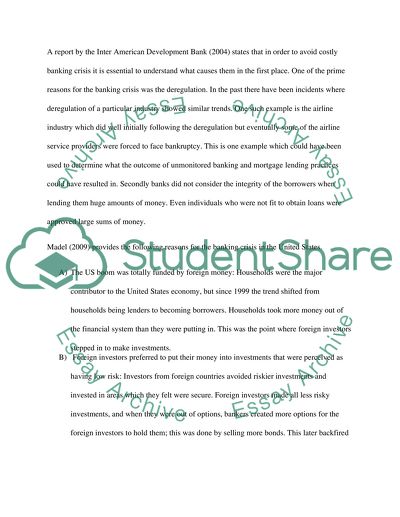Cite this document
(“Appraise the proposition that the bank failures and crisis of 2007-8 Essay”, n.d.)
Appraise the proposition that the bank failures and crisis of 2007-8 Essay. Retrieved from https://studentshare.org/miscellaneous/1563637-appraise-the-proposition-that-the-bank-failures-and-crisis-of-2007-8-could-have-been-foreseen-from-academic-work-published-prior-to-2004
Appraise the proposition that the bank failures and crisis of 2007-8 Essay. Retrieved from https://studentshare.org/miscellaneous/1563637-appraise-the-proposition-that-the-bank-failures-and-crisis-of-2007-8-could-have-been-foreseen-from-academic-work-published-prior-to-2004
(Appraise the Proposition That the Bank Failures and Crisis of 2007-8 Essay)
Appraise the Proposition That the Bank Failures and Crisis of 2007-8 Essay. https://studentshare.org/miscellaneous/1563637-appraise-the-proposition-that-the-bank-failures-and-crisis-of-2007-8-could-have-been-foreseen-from-academic-work-published-prior-to-2004.
Appraise the Proposition That the Bank Failures and Crisis of 2007-8 Essay. https://studentshare.org/miscellaneous/1563637-appraise-the-proposition-that-the-bank-failures-and-crisis-of-2007-8-could-have-been-foreseen-from-academic-work-published-prior-to-2004.
“Appraise the Proposition That the Bank Failures and Crisis of 2007-8 Essay”, n.d. https://studentshare.org/miscellaneous/1563637-appraise-the-proposition-that-the-bank-failures-and-crisis-of-2007-8-could-have-been-foreseen-from-academic-work-published-prior-to-2004.


